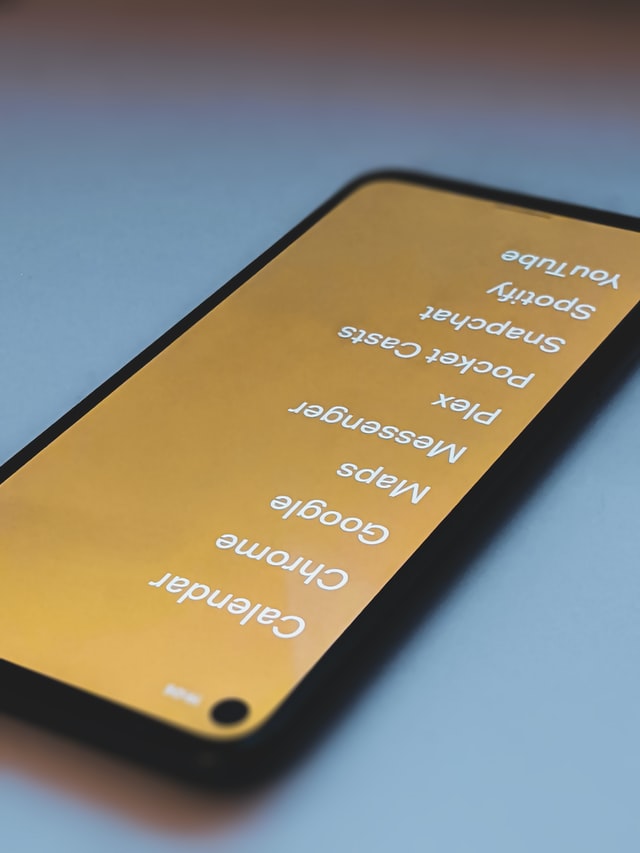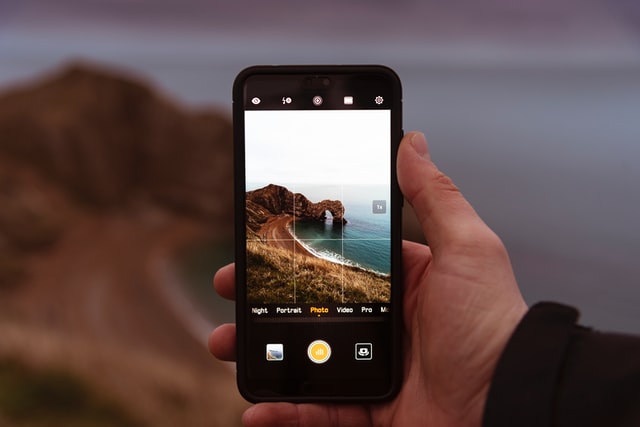Advertisements
The mobile phone screen is the most direct part of the mobile phone that I come into contact with every day. There are two popular screens in the mobile phone market now, one is an LCD screen (liquid crystal display), the other is an OLED screen (diode display), then these two Which screen is better?
LCD technology
What we see on the mobile phone screen is a complete picture, but in fact, it is composed of countless small dots, each dot displays its own color, and finally forms a complete picture. Because the dots are small enough, in our naked eyes Only one picture can be seen, not countless small dots.

Each pixel is divided into 3 sub-pixels, “red, green, and blue”, and then various combinations are made through these three pixels, and finally thousands of colors are changed. In the end, all thousands of colors are assembled into the picture of the mobile phone screen. The principle of LCD backlighting mainly relies on the backlight layer. The backlight layer has a function, which is to emit white light. A colored film is added to the backlight layer. After the white light passes through the colored film, the color can be displayed, but in order to adjust the red and blue For the green ratio, a control valve must be added, that is, the liquid crystal layer. The liquid crystal layer controls the degree of opening and closing by changing the voltage. Large opening and closing emit more light, and small opening and closing emit less light, so as to achieve control of the amount of white light, and then adjust the ratio of red, green, and blue, and finally form a picture.
LCD cannot display pure black, because when the LCD screen displays black, some light still penetrates the liquid crystal layer. The so-called black is actually a mixture of white and black, which can be said to be gray. Just as we illuminate a black film with a flashlight, what we see is not really black, but gray with a sharply diminishing brightness.
OLED technology
The OLED screen is a thin-film semiconductor device composed of organic molecules, with a thickness of 100-500 nanometers, which is 200 times thinner than a human hair. It can produce brighter and clearer images with lower power consumption. The OLED screen is composed of a base, an anode, a base layer, a conductive layer, an emission layer, and a cathode. The base plays a supporting role; the anode is used to increase holes; the organic layer is mainly light-emitting organic; the conductive layer is used for transmission as the name implies Electronic; the emitting layer is used to generate photons; the cathode is used to generate electrons.
Principle of OLED screen light emission:
OLED has a complete cathode layer, organic molecular layer, and an anode layer, but the anode layer covers a thin film transistor (TFT) array to form a matrix. The TFT array itself is a circuit that can determine which pixels emit light, and then determine the composition of the image. After the OLED screen is powered on, electrons flow from the cathode to the anode and pass through several layers. The cathode outputs electrons to the organic molecule emitting layer, and the anode absorbs electrons. The electrons combine with holes at the junction of the emitting layer and the conductive layer. When this process occurs, the electrons emit energy in the form of photons, which is a phenomenon of light emission.
The color of the light depends on the type of organic matter in the emission layer, which can be divided into three types of “red, green, and blue”, and then combined into thousands of types. OLED screens are more eye-catching than LCD screens. We have sore eyes and tears when we use mobile phones for too long. Why is this? Mainly caused by blue light and screen flicker.

There is a popular saying in the market that OLED screens are more harmful to the eyes than LCD screens, and even OLED screens are called “tear gas screens”. What is the reason?
We know that blue light with a wavelength of 380nm-495nm will cause certain damage to the lens and retina of the eye. In fact, both LCD screens and OLED screens emit blue light. The wavelength of blue light produced by LCD screens is about 447nm, and the wavelength of blue light on OLED screens is 458nm, which means that LCD blue light has a shorter wavelength. The shorter the wavelength, the greater the energy and the stronger the penetration. Theoretically, LCD screens are more harmful to eyesight than OLED screens. What is going on?
Because the screen flicker is more harmful to human eyes than blue light. Mobile phone screens need to be dimmed before they can be used. Dimming is divided into DC dimming and PWM dimming. Whenever you buy a mobile phone in a mobile phone store, a good seller always suggests that you should buy a mobile phone with an OLED screen, so that the colors can be seen clearly. The LCD screen is outdated, there is no need to buy it.” So, is the mobile phone screen really off? Which one is better, an OLED screen mobile phone or an LCD screen mobile phone?
The technical principle of OLED screens and LCD screens:
The light-emitting principle of the LCD screen mainly relies on the backlight. The backlight is generally composed of a large number of LED lights, which can only display white light. Therefore, a color film, or color film, is added to the white backlight to display all colors. Unlike OLED, OLED does not require a backlight and color film. The principle of OLED is like a small screen filled with light bulbs of different colors, and only electricity can display different colors. Therefore, OLED screens are thinner and brighter than LEDs.
Since the LCD screen uses inorganic materials and the OLED screen uses organic materials, the LCD screen will age faster. Therefore, in terms of service life, LCD screens still have certain advantages compared with OLED screens. On the OLED screen, since the self-luminescence of each pixel is different from that of the LCD, it is completely shallow, causing each pixel on the OLED screen to work at the same time, and some pixels are redder when working, so this pixel is better than other pixels. A little better. There are a lot of simple red dots. Generally speaking, it is because the screen is not uniformly aging, which leads to residue.
Comparison of OLED screen and LCD screen:
The LCD screen has a fatal problem: when displaying black effects, part of the light will pass through the color layer, so when displaying black, the LCD screen will actually appear mixed with white and black. Unlike OLED, OLED will display the black time. At this point, you can immediately turn off the pixels in the black area to achieve a black effect. This is why the OLED screen has an AOD effect. Here you can see that the LCD is not pure black.
Of course, with the increase in the number of mobile phones equipped with OLED light screens, in order to reduce eye damage to OLED screens, mobile phone manufacturers have introduced a direct current light modulation function, which can effectively reduce the frequency and duration of flashing. Of course, the LCD screen is still the healthiest. The technology of OLED screens is also gradually upgrading. Despite the shortcomings of “eye trauma”, its advantages cannot be ignored. OLED panels have many advantages, such as being lightweight, energy-saving, high ductility, high color performance, and high response speed. This is also the direction of future development. Oleic acid can bring us a better experience.
For LCD, the screen brightness can be directly controlled by changing the back layer voltage, which is also the basis of the aforementioned DC modulation principle. The OLED cannot control the voltage to adjust the brightness, and the OLED can only adjust the brightness through a fixed switch. The number of fixed switches has reached a level that the eyes cannot distinguish. Therefore, when the OLED screen drops to a certain level, some people who are sensitive to flash will feel uncomfortable. Now many mobile phone manufacturers use their own OLED screens to adjust the drop. DC range.
ICD and OLED have their own pros and cons, how should I choose when buying?
From a technical point of view, it is best to use an OLED screen, because convenience, efficiency, and energy-saving are all means to enhance the experience. From the user’s point of view, a high-quality, clearly identifiable LCD screen is a good choice. Not only will it not bring bad effects, but it also will not make the screen flicker. However, OLED screens are still dominated by high-speed phones, and there are almost no flagship phones with LCD screens.
In general, LCD screens and OLED screens have their own advantages, and they will coexist for a long time. LCD screens have the advantages of mature technology, reliable quality, low price, and better eye protection effects. However, compared with OLED screens, they are still there is a gap. Combined with the current mobile phone development trend, we can see that the market share of OLED technology will become larger and larger, and scientific development is prompting the disadvantages of OLED to be digested little by little. OLED screen mobile phone and LCD screen mobile phone, which is better can not be generalized, you need to decide by yourself!
Advertisements
